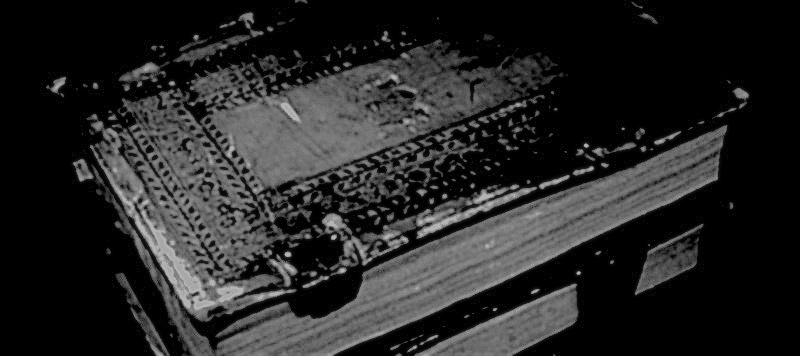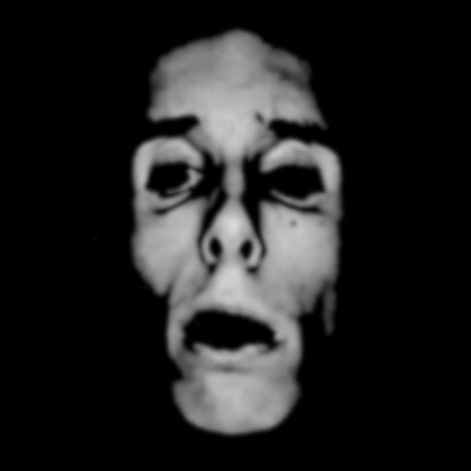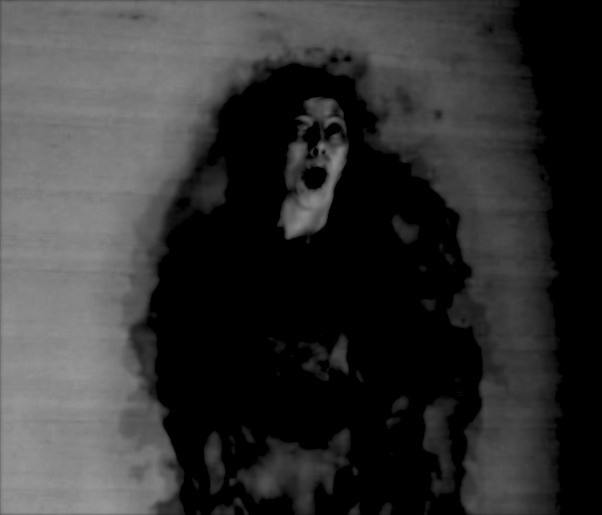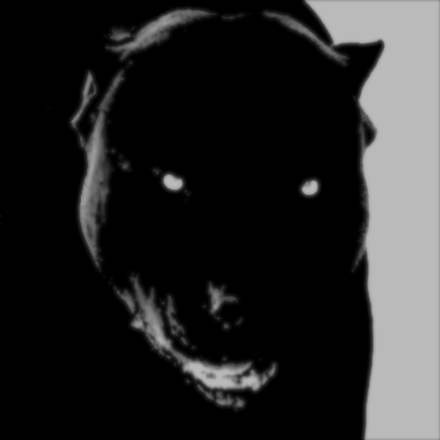Demonology 101
An Introduction to the Study of Demons

Interested in learning more about demons? Here’s something they don’t teach you in grade school.
Table of Contents
- Definition of Demonology
- Form: What Demons Are
- Location: Where Demons Dwell
- Purpose: What Demons Do
I. Definition of Demonology

Today, the term demon is used to refer to an evil or malicious entity with powers that exceed those of ordinary humans. The term hasn’t always been negative, though. It originally referred to a deity of modest strength, and it didn’t have any connotations of good or evil.
It wasn’t until the 4th century CE, approximately, that the concepts of demons and malevolence became increasingly intertwined. During this time, Latin and Greek translations of the Hebrew Bible were finally becoming more and more abundant. The idea was to make the Bible’s content available to the public (cf. the Vulgate).
What ended up happening was that the Greek daimōn and daimonion (and later, the Latin daemon and daemonium) were routinely used as translations for “heathen” and, more importantly, “unclean spirit,” effectively paving the way for the conflation of these terms.
In fact, not only has their fusion survived into the present day, but it’s also crept into the academic nomenclature, giving us demonology as a scholarly discipline.
Demonology, then, is currently defined as the study of demons and the beliefs surrounding them.
For more information about the history of the word demon, click here.
II. Form: What Demons Are

To repeat, the modern definition of a demon is a hostile, sometimes indifferent, otherworldy entity with capabilities that human beings can only dream of. The stereotypical demon is selfish, and its actions are largely driven by the prospect of personal gain.
Demons are typically described using vague terms like entity, spirit and being because there is no one-size-fits-all descriptor for a demon’s true physical form—there simply are too many variations. Despite all the variation, most demons can be described using one of the following characterizations:
- Like humans, some are limited to one physical body (not necessarily humanoid).
- Some can metamorphose into different humans, animals and other dark creatures.
- Master shapeshifters can manipulate themselves into anything they wish.
- Some are discarnate, meaning their true form consists purely of “spirit” or some other ethereal substance. (This is why discarnate demons are the most likely to usurp one’s physical body.)
It is rare, but some deities, if powerful enough, can independently create demons. In the Abrahamic religions, for example, the first generation of demons—Satan among them—were created by God.
In contrast, the vast majority of pagan demons are born as a result of sexual intercourse between two deities. They can also result from a sex act involving only one non-human. For example, Greeks and Christians use the terms demigod and cambion, respectively, to denote a supernatural being of mortal and immortal parents.
III. Location: Where Demons Dwell

Most demons are residents of some kind of hell, i.e. a place reserved for the souls of the damned. Some are required to spend nearly all their time there, as in the case of psychopomps (cf. Tuchulcha) and punishers (cf. the Zabaniyya), while others have the liberty to come and go as they please. It is the latter who invade our homes and the lives of those whom we know, for they may enter and exit the earthly and otherworldly realms as they wish.
Of the demons capable of infiltrating human society, shapeshifters are the ones most likely to actually do so. Whether skulking among the masses, lurking in the shadows or concealing themselves inside our living spaces, they go unnoticed. This is partly because shapeshifters can disguise themselves as ordinary citizens, making it virtually impossible for the average person to detect them.
Moreover, in the form of a spirit, demons are invisible to the naked eye. Many can also implant themselves inside the bodies of humans and animals, regardless of whether or not they intend to possess their host (possess meaning here to deliberately interfere with a host’s behaviour rather than remain secretly implanted). Having said that, it is crucial to understand why a demon in spiritual form is not the same thing as a ghost.
IV. Purpose: What Demons Do

Nearly always unseen, demonic activity occurs both in- and outside the sphere of human perception.
i) Beyond the Mortal Realm
Demons that inhabit places beyond the mortal realm generally engage in:
- Tormenting condemned souls, i.e. functioning as the tormentor, overseer or both
- Planning a foray into the mortal realm (or recovering from a recent one)
- Causing mischief, the scope of which our human brains cannot comprehend
- Keeping to themselves, i.e. pursuing things we simply have no knowledge or understanding of (cf. Onoskelis, who interacts with mortals only when the moon is full, and whose activity is otherwise unknown)
Note: Demons are not typically limited to any number of behaviours.
Those involved in persecution spend a lot of time devising and delegating. These demons constantly explore novel forms of torture, the purpose of which could be sadism, amusement or sadistic amusement. Naturally, this requires other demons to be in direct contact with the damned, as they’re the ones who administer the torture itself.
Then there are demons, typically of higher rank, who operate at a distance. These individuals are mostly occupied with cognitive tasks including, but not limited to, collusion, the maintenance of organizational stability, and the contemplation of loftier, larger-scale matters.
ii) Within the Mortal Realm
While among us, demons are known to exhibit a wide range of predatory behaviours, depending on their preferences. Listed below are some of the more common reasons as to why a demon enters the mortal realm.
To con and deceive:
Demons like Belphegor and Chort disguise themselves as attractive youths before interacting directly with the public. They use charm and deception to coax people into committing grave sins, adopting destructive lifestyles and even selling their souls.
To rape and defile:
Sex fiends, such as succubi, incubi and the Popobawa, prefer sexual attacks above all. Succubi and incubi, through repeated rape and defilement, lead their victims into lives of debauchery, driving many of them into states of permanent insanity along the way. Similarly, the Popobawa is a formidable serial rapist with a particular fondness for sodomizing men and children.
To maim and slaughter:
For some demons, mutilation and murder, with or without purpose, are the focus of their energy. The Rusalki, for example, are vengeful demonesses who lure men into the waterways in which they dwell, drowning them when the opportunity arises. The Wendigo, by contrast, tends to cannibalize its victims, whom, more often than not, it selects at random.
Via summoning:
Not all demons voluntarily enter the mortal realm. If summoned successfully, a demon is transported to the site of conjuration, which in most cases, being the work of humans, is somewhere on Earth. At that point, a demon might heed and even grant its solicitors’ wishes; on the other hand, it might also, in a fit of rage, slaughter those present and flee the scenes.
For a more detailed analysis of fundamental demon types, click here.

By Marco Passaretti
Marco obtained his Master's degree in philology from the University of Cagliari. He has always been fascinated by the supernatural and maintains a strong appreciation for historically accurate occult fiction.





